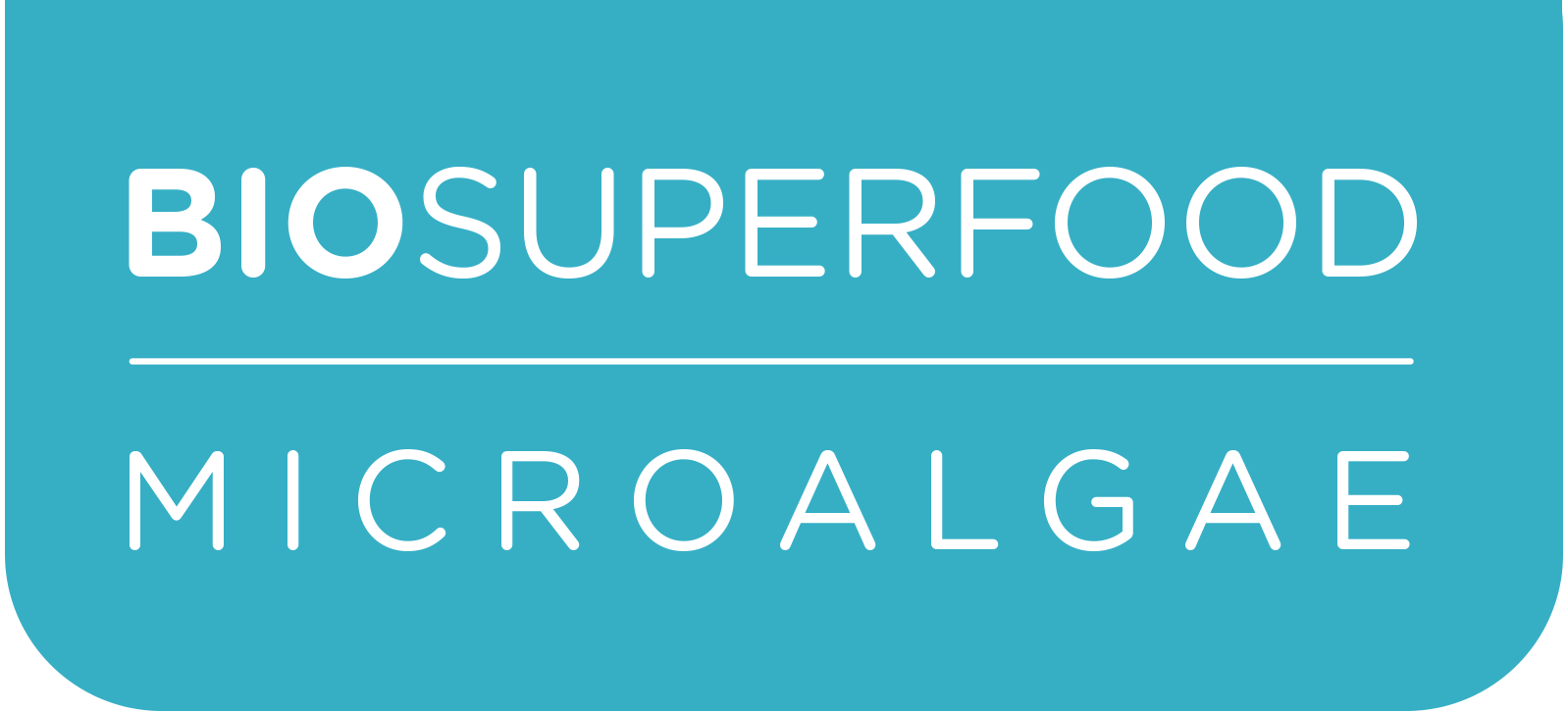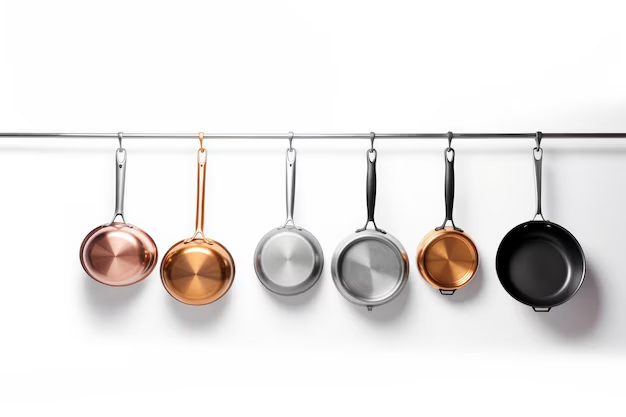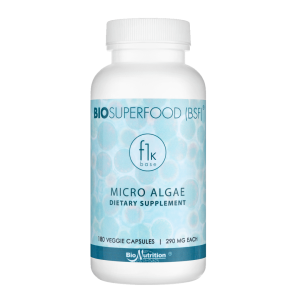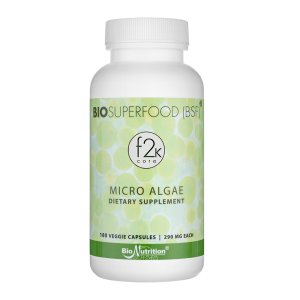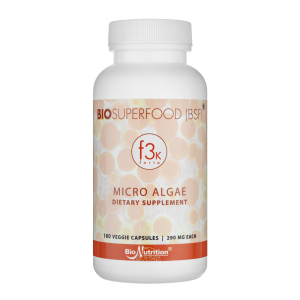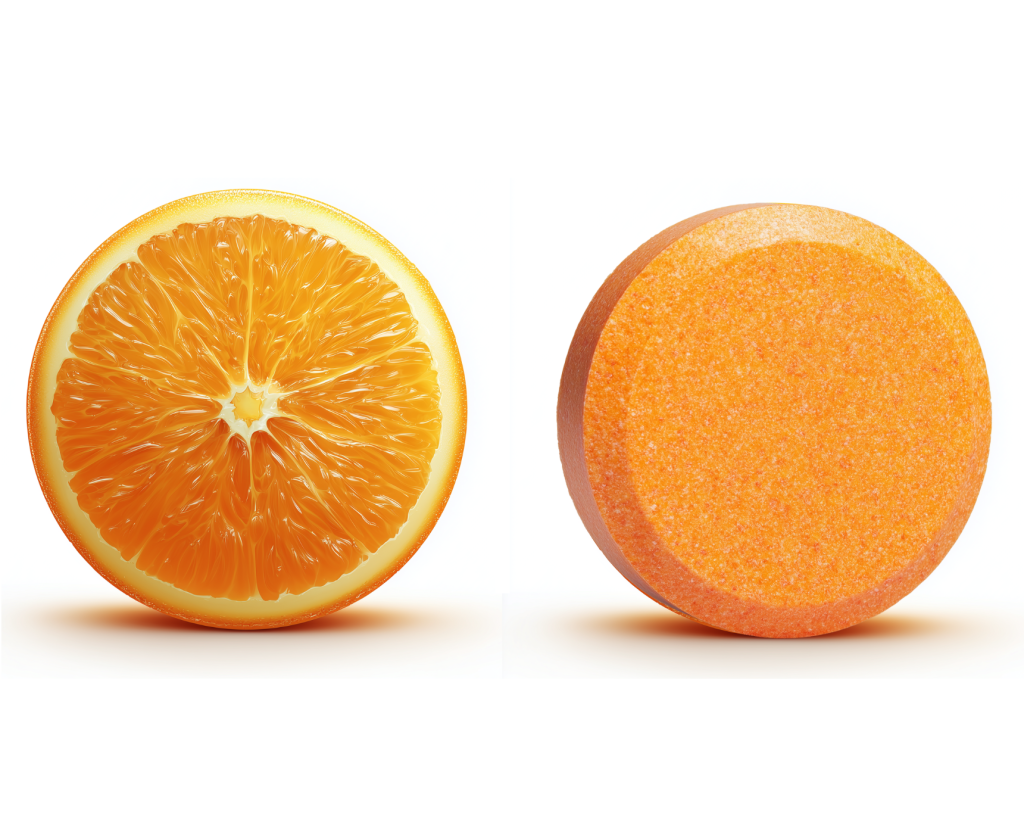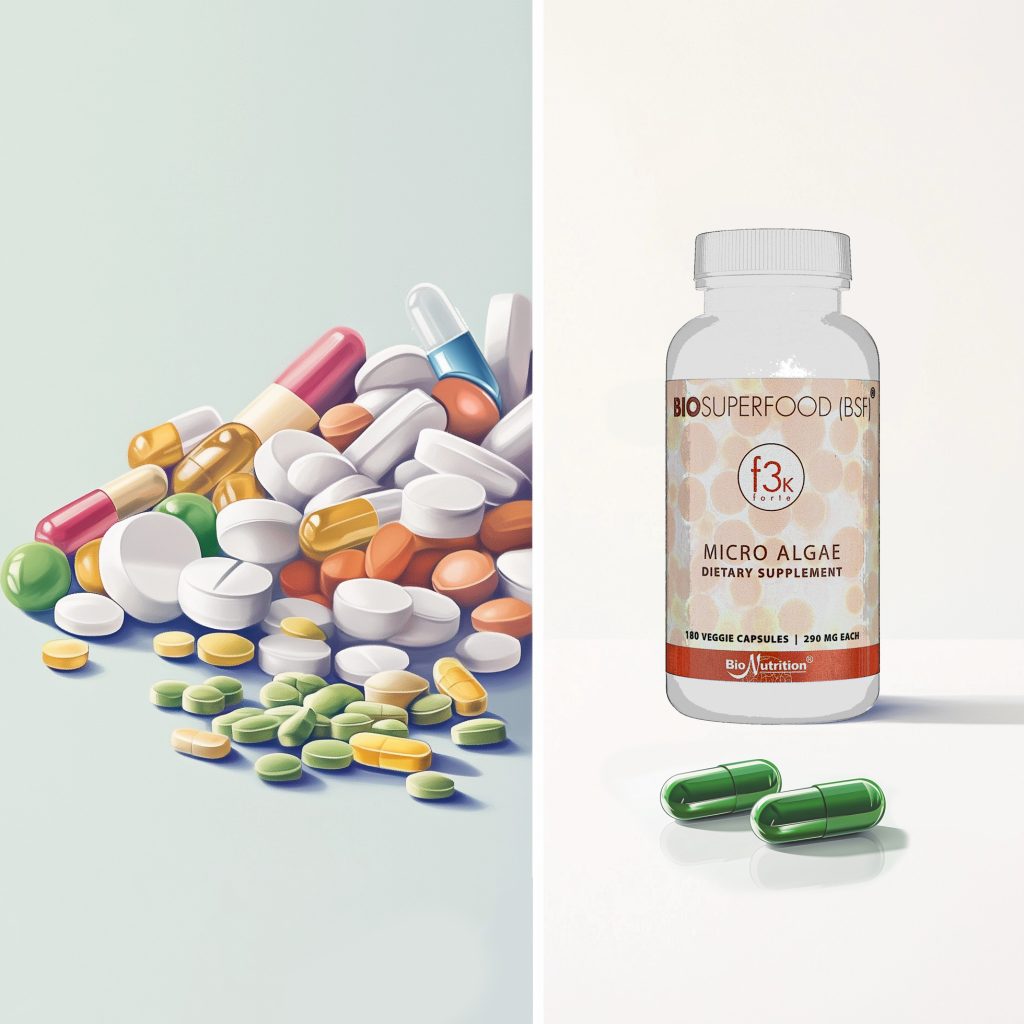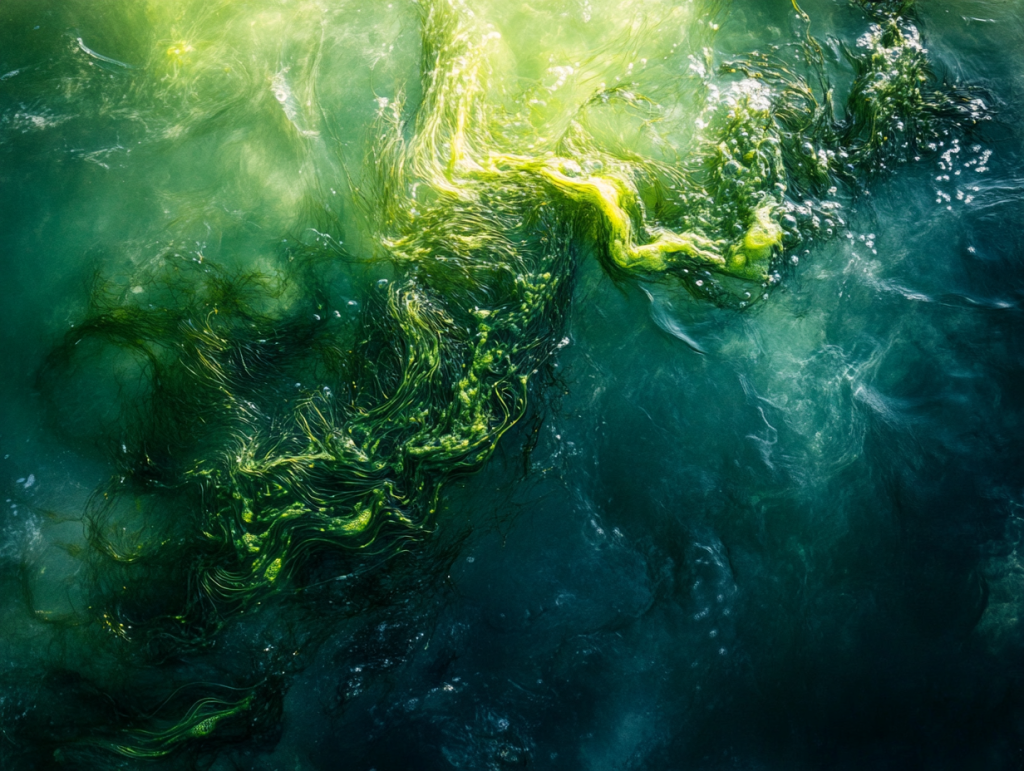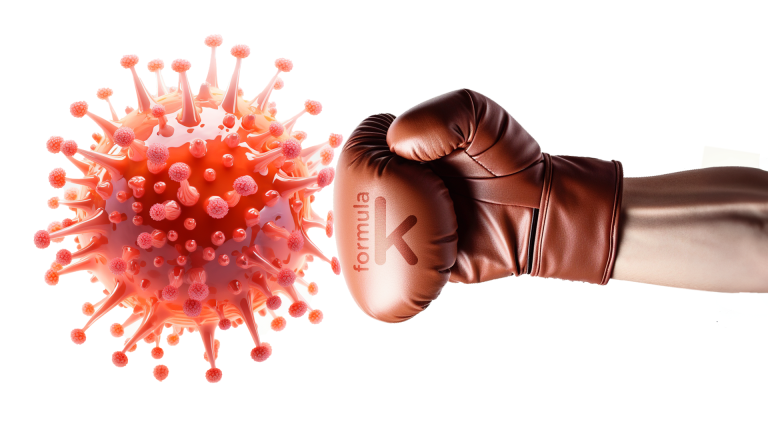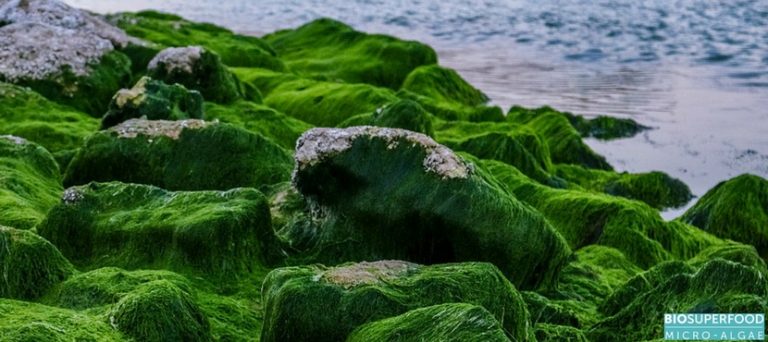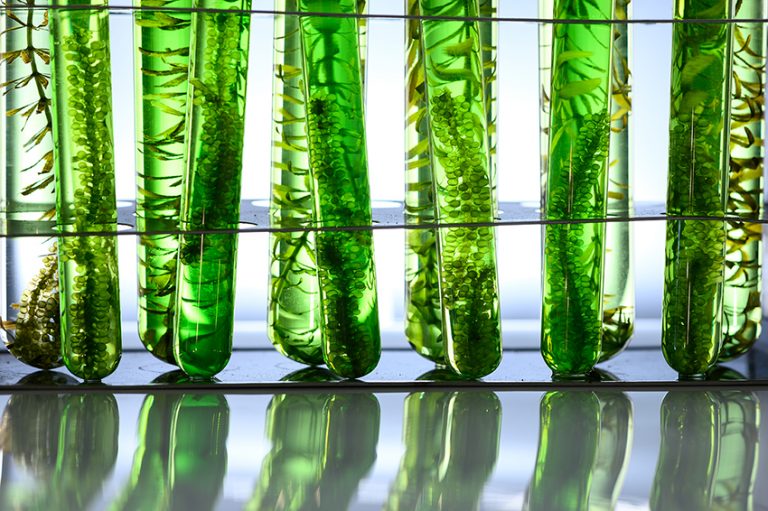Non-Toxic Cookware Guide (2025): Best Alternatives to Teflon
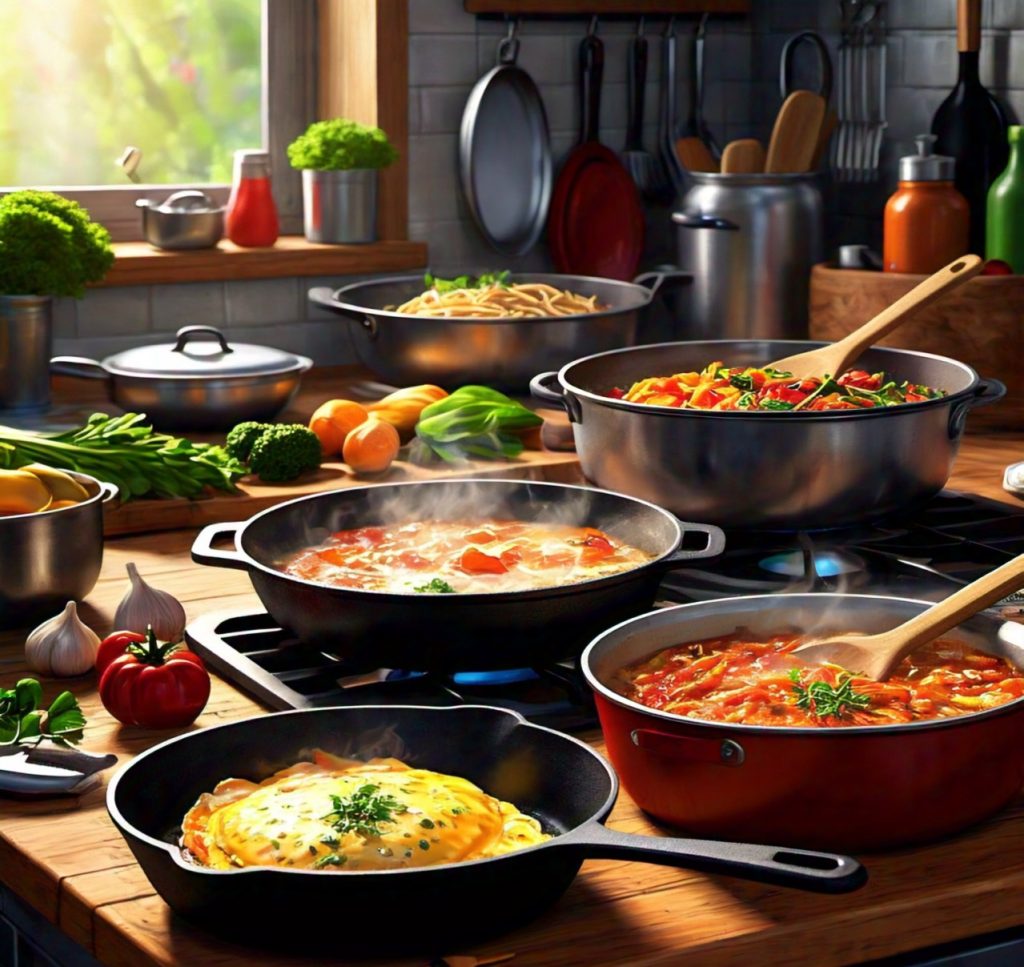
Why would we need a Non-Toxic Cookware Guide? Our parents cooked with Teflon and aluminum in an era of innocent trust—unaware of the hidden risks. Now we know the truth: nearly all cookware interacts with your food, leaching metals or chemicals with every stir-fry or simmer. What once seemed like convenience now reveals a quiet exchange between pan and plate.
The implications vary: some additives are harmful (think PFAS “forever chemicals” or heavy metals like lead), others can be beneficial (such as small doses of iron from seasoned cast iron), and many are harmless. The catch? Heat—essential to cooking—speeds up this transfer process, turning your pan into a silent partner in every meal.
This makes choosing safe, high-quality cookware non-negotiable. Traditional nonstick Teflon pans release toxic chemicals like PFOA and PTFE, especially when overheated, posing health risks and contaminating our food.
How do you get that golden, fluffy omelet to effortlessly slide from your pan, perfectly cooked from edge to edge with no sticking or scraping? No fuss, no mess, and no worrying about harmful chemicals leaching into your food?
Is it possible without Teflon?
When it comes to selecting cookware, there are three key factors to keep in mind:
With so many options available, how do you choose?
We’ve broken down the most popular types—cast iron, stainless steel, enameled cast iron, ceramic, carbon steel, and titanium—to help you make an informed choice.
1. Cast Iron: The Timeless Workhorse
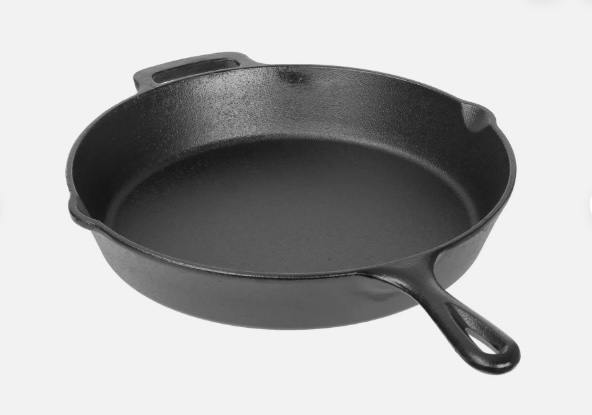
Cast iron is the ultimate multitasker. It’s durable, affordable, and versatile, excelling at everything from searing steaks to baking cornbread. Its ability to retain heat makes it perfect for slow cooking and frying. Plus, cooking with cast iron can boost the iron content in your food, which is great for those with low iron levels.
PROS:
- Durable and affordable: Built to last for generations.
- Versatile: Excels at searing steaks, frying eggs, baking cornbread, and slow cooking.
- Heat retention: Holds heat exceptionally well for even cooking.
- Adds iron to food: Beneficial for those with low iron levels.
CONS:
- Heavy: Difficult to maneuver, especially for smaller cooks.
- High maintenance: Requires regular seasoning to prevent rust.
- Reacts with acidic foods: Tomatoes or vinegar-based dishes can strip seasoning and leach excess iron (risky for those with iron overload).
TIPS:
- Seasoning method: Cook fatty foods like bacon or roast chickens to build a natural nonstick layer.
- Post-seasoning use: Perfect for searing, frying, or baking once seasoned.
VERDICT:
A must-have kitchen staple. With proper care, it lasts a lifetime. Lodge offers excellent quality at reasonable prices.
2. Stainless Steel: The Reliable All-Rounder

PROS:
- Non-reactive and durable: Safe for acidic/alkaline foods (e.g., tomato sauce, citrus).
- Rust-resistant: Easy to clean and withstands high-heat cooking.
- No leaching: Does not transfer metals into food.
CONS:
- Poor heat retention: Lags behind cast iron.
- Uneven heating in cheaper models: Requires tri-ply/clad construction (aluminum/copper core) for even distribution.
TIPS:
- Method 1: Heat the pan dry until water droplets “dance” (Leidenfrost effect), then add oil.
- Method 2: Start with food in a cold pan and slowly heat (ideal for fatty foods like bacon or duck breast).
VERDICT:
A kitchen essential. Choose 3-ply or higher (e.g., All-Clad, Cuisinart Multiclad Pro) for durability.
3. Enamelled Cast Iron: The Elegant Performer
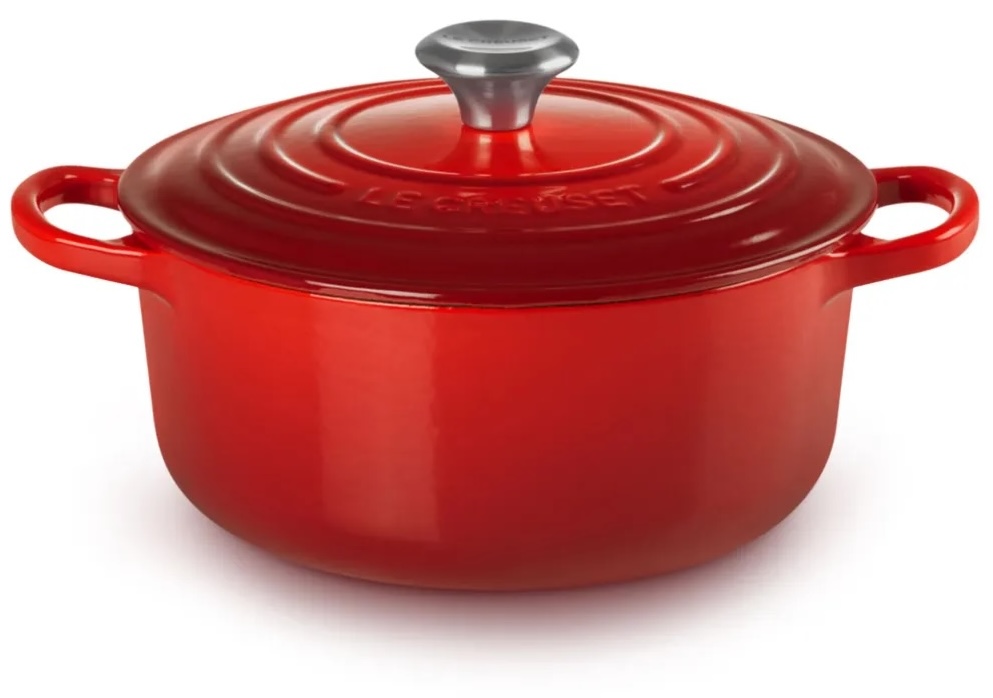
PROS:
- Heat retention + enamel coating: Combines cast iron’s performance with a non-reactive, easy-to-clean surface.
- Acid-friendly: Perfect for tomato sauces, stews, and braises.
- Aesthetic appeal: Available in iconic colors (e.g., Le Creuset).
CONS:
- Heavy and expensive: Not ideal for quick tasks.
- Fragile enamel: Prone to chipping if dropped or scraped with metal utensils.
- Lacks natural nonstick: Requires oil for cooking.
TIPS:
- Cooking steps: Sear meat on medium heat, add aromatics, deglaze with wine/broth, and simmer.
- Utensils: Use wooden tools to protect the enamel.
VERDICT:
Worth the splurge for slow-cooked dishes. Le Creuset is the benchmark; Lodge offers budget-friendly alternatives.
4. Carbon Steel: The Lightweight Champion
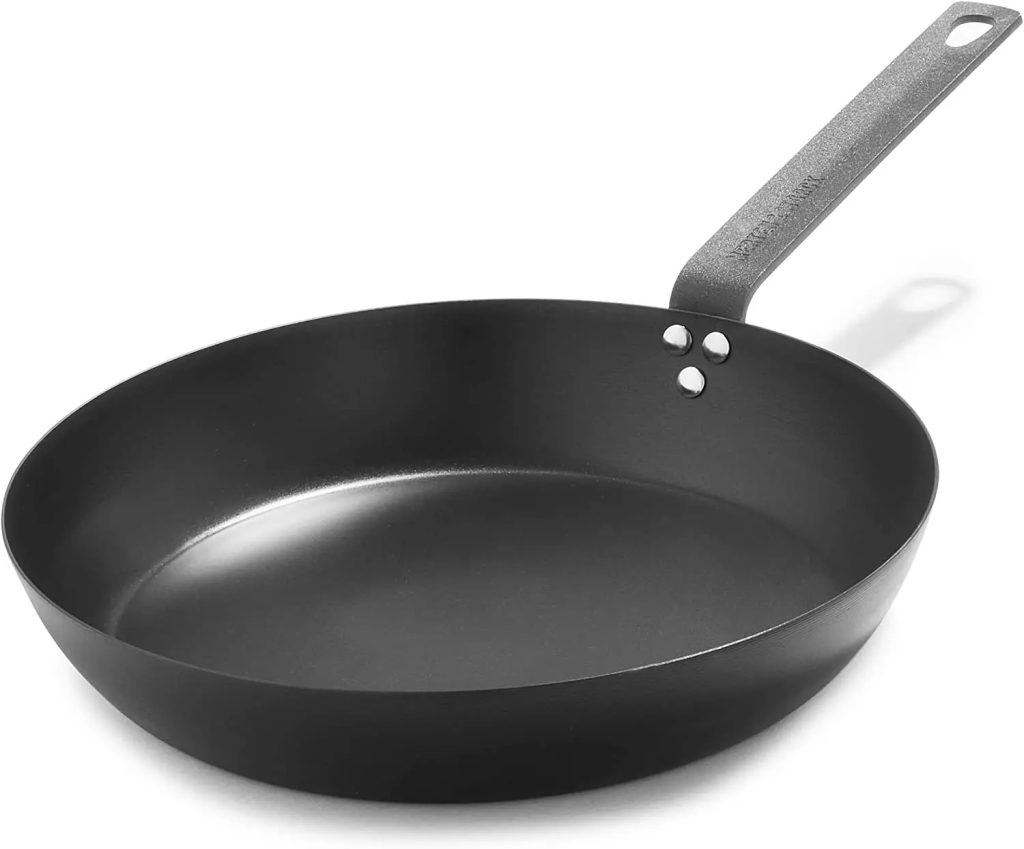
PROS:
- Lightweight yet durable: Easier to handle than cast iron.
- Heat retention + nonstick: Develops a seasoned patina similar to cast iron.
- Quick heating: Ideal for stir-fries, searing, and high-heat cooking.
CONS:
- Seasoning required: Regular maintenance needed to prevent rust.
- Acidic foods: Can damage the seasoning (avoid tomatoes, citrus).
TIPS:
- Seasoning: Coat with oil and bake to create a nonstick surface.
VERDICT:
A professional-grade alternative to cast iron. Matfer Bourgeat and de Buyer are top picks.
5. Ceramic Nonstick: The Modern, Eco-Friendly Option
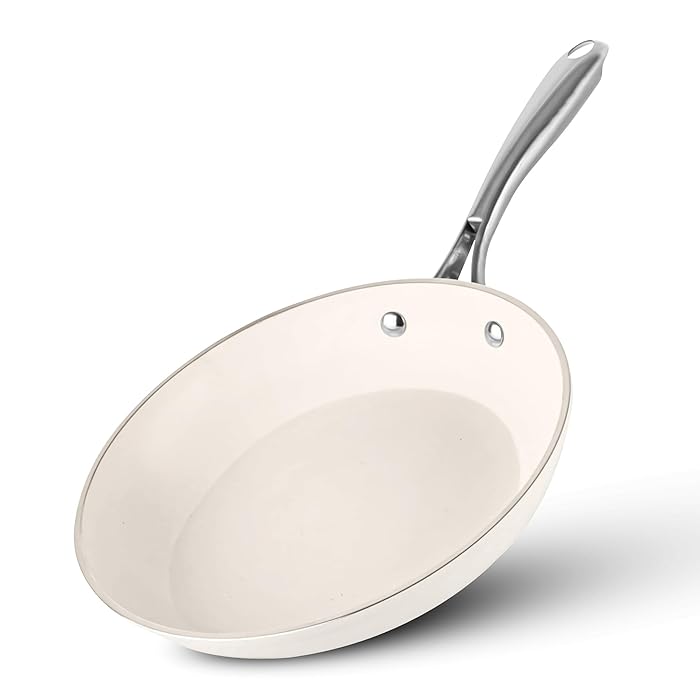
PROS:
- Non-toxic: Free of PFOA, PFAS, and other harmful chemicals.
- Instant nonstick: Ready to use out of the box—great for eggs, fish, or crepes.
- Lightweight and stylish: Heats quickly and comes in trendy designs (e.g., Caraway, OurPlace Always Pan).
CONS:
- Short lifespan: Coating degrades faster than cast iron/carbon steel.
- Heat sensitivity: High temperatures can damage the coating.
- Quality concerns: Some cheap brands may contain trace heavy metals (lead, cadmium).
TIPS:
- Heat settings: Use low-to-medium heat only.
- Utensils: Avoid metal; opt for silicone, wood, or nylon.
- Cleaning: Hand wash gently to preserve the coating.
VERDICT:
A convenient but temporary solution. Choose GreenPan, Always Pan or Caraway for certified toxin-free options.
6. Titanium Nonstick (Coating-Free): The Next-Gen Innovation

Titanium Pan Pro
The future of nonstick is here—without coatings or “forever chemicals.”
PROS:
- PFAS/PFOA/PTFE-free: Uses groundbreaking NoCo® technology, eliminating the need for traditional nonstick coatings.
- Unmatched durability: Titanium interior is 300% harder than stainless steel, resistant to scratches, and withstands extreme heat (up to 535°C/1000°F).
- Tri-ply construction: Stainless steel exterior, aluminum core for quick heating, and titanium interior for performance.
- Low-maintenance: No seasoning required (unlike cast iron/carbon steel) and dishwasher-safe.
CONS:
- Premium price: More expensive than ceramic or traditional nonstick options.
- New technology: Long-term performance data may be limited compared to seasoned materials like cast iron.
- Weight: Tri-ply construction could make it heavier than ceramic or carbon steel.
TIPS:
- Use low-to-medium heat for most cooking (despite its high heat tolerance, extreme temps are rarely needed).
- Avoid metal utensils to preserve the titanium surface, even though it’s highly scratch-resistant.
- Pair with silicone or wood tools for effortless cooking and cleanup.
VERDICT:
The Titanium Pan Pro is a game-changer for cooks seeking a coating-free, non-toxic, and indestructible pan. While it’s an investment, its fusion of safety, durability, and performance makes it ideal for health-conscious home chefs and professionals alike. Brands like OurPlace (Always Pan Pro) are leading the charge with this innovation.
What’s the right choice?
The best cookware depends on your cooking style and needs.
Here’s a quick summary:
- Cast Iron: Ideal for searing, frying, and baking. A durable, affordable option that improves with use.
- Stainless Steel: A versatile, non-reactive choice for everyday cooking.
- Enameled Cast Iron: Perfect for slow-cooked meals and acidic dishes, with a touch of elegance.
- Carbon Steel: A lighter, high-performance option for quick, high-heat cooking.
- Ceramic Nonstick: A chemical-free, eco-friendly option for effortless cooking—ideal for low-heat recipes, though less durable over time.
- Titanium Nonstick: A premium option for those prioritizing longevity and chemical-free cooking
Back to our omelet.
Skip the Teflon and opt for ceramic nonstick pans (for immediate ease), well-seasoned carbon steel (for long-term durability), or the Titanium Pan Pro (for coating-free, indestructible performance). These options deliver a nonstick surface without toxic chemicals, ensuring your food stays safe and your conscience clear. Just remember: low heat for ceramic, a little oil for carbon steel, and minimal oil with moderate heat for titanium—and you’ll master the art of the flawless omelette every time. Happy cooking! ????
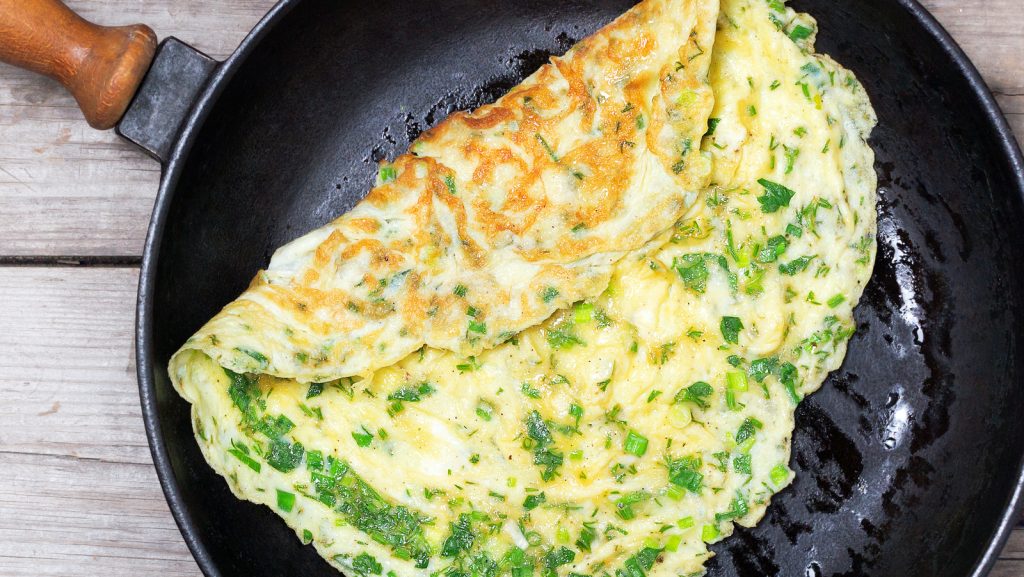
What are PFAS, PTFE, PFOA?
Learning to cook means picking up new terms—like sautéing vs. simmering, or whisking vs. folding. But your cookware comes with its own vocabulary, especially when it comes to nonstick pans. Here’s a simple breakdown of the chemicals you might hear about:
PFAS: Short for per- and polyfluorinated substances, these are human-made chemicals used since the 1940s in products like nonstick pans, waterproof jackets, stain-resistant carpets, and even makeup.
PFOA: A type of PFAS (perfluorooctanoic acid) that’s now banned in U.S. cookware. Studies linked it to serious health issues like cancer, hormone problems, and birth defects.
PTFE: Also part of the PFAS family, this is the chemical name for Teflon®. Many nonstick pans still use PTFE, but if the pan gets too hot, it releases harmful fumes.
In short: PFAS = the group, PFOA = a banned member, PTFE = Teflon (still used but needs caution). Always avoid overheating nonstick pans!
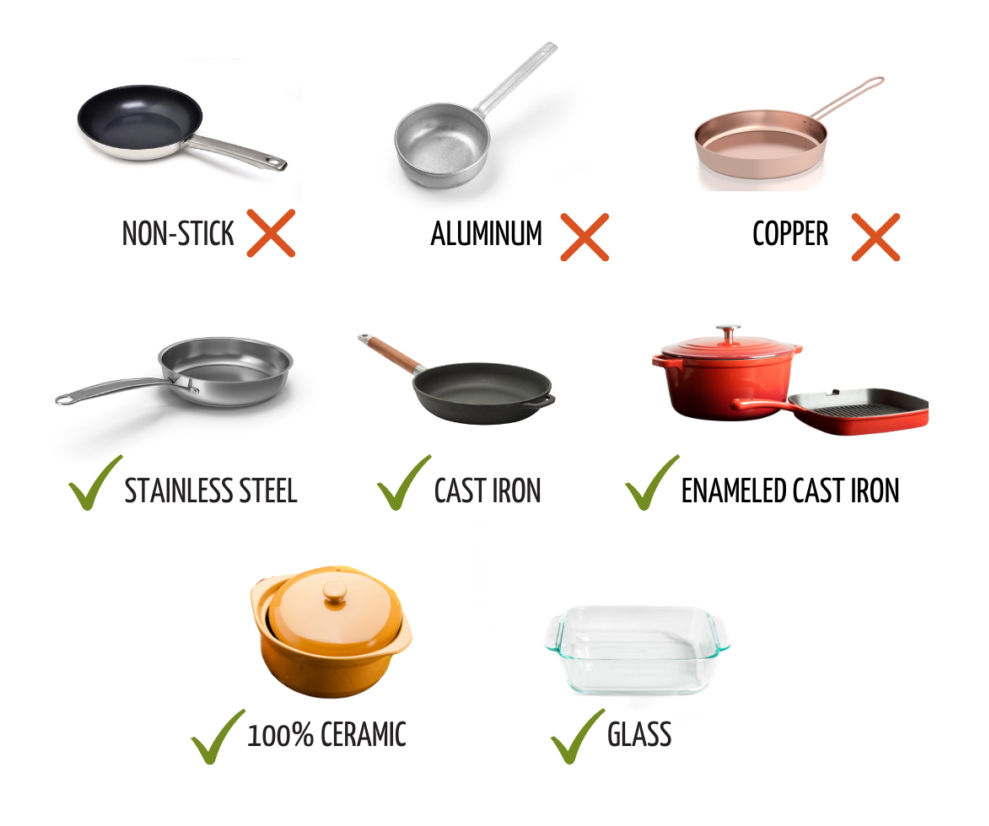
Non-Toxic Cookware Guide (2025)
Here’s a curated list of top-quality brands for each cookware type, balancing performance, durability, and value
1. Cast Iron
- Lodge: Affordable, pre-seasoned, and indestructible. A classic for beginners and pros.
- Stargazer: Smoother finish, lighter than traditional cast iron, and made in the USA.
- Smithey Ironware: Artisanal, heirloom-quality skillets with a polished cooking surface.
2. Stainless Steel
- All-Clad: Industry leader with 3-ply to 5-ply construction for unbeatable heat distribution.
- Cuisinart Multiclad Pro: Budget-friendly but high-performing tri-ply stainless steel.
- Demeyere: Swiss-engineered, ultra-durable with seamless handles and even heating.
3. Enameled Cast Iron
- Le Creuset: The gold standard for enameled Dutch ovens, with iconic colors and lifetime durability.
- Staub: Sleek design, self-basting spikes, and exceptional heat retention (a chef favorite).
- Lodge Enameled: Affordable alternative with solid performance and vibrant finishes.
4. Carbon Steel
- Matfer Bourgeat: Trusted by professional kitchens, lightweight, and easy to season.
- de Buyer: Thick, sturdy pans with a natural nonstick patina over time.
- Made In: Restaurant-grade carbon steel woks and skillets at approachable prices.
5. Ceramic Nonstick
- Scanpan CTX: Hybrid ceramic/Teflon-free coating that’s scratch-resistant and durable.
- GreenPan: Pioneer in ceramic nonstick tech, PFOA-free, and oven-safe up to 600°F.
- Caraway: Stylish, eco-friendly ceramic-coated pans with non-toxic materials.
- Always Pan: is a crowd favorite for its versatility (comes with a steamer basket, spatula, and spoon rest) and eye-catching designs. Its ceramic coating is free of PFAS, PFOA, and other harmful chemicals, making it a safe choice for low-to-medium heat cooking. While not as durable as cast iron or carbon steel, it’s perfect for everyday meals if you avoid metal utensils and high heat.
6.Titanium Pan Pro:
- Also from Ourplace the Always Pan Titanium Pro is the top choice for effortless nonstick performance without coatings.
Beyond the Kitchen – Your Nutrition
Choosing non-toxic cookware is a significant step toward reducing harmful exposures in your daily life. Yet true wellness thrives when we embrace a 360-degree approach—pairing healthy practices with optimal nutrition. Even the freshest meals can leave nutrient gaps due to modern farming, busy lifestyles, or individual needs.
This is where BioSuperfood Microalgae becomes your daily ally. Formulated in three targeted strengths to meet diverse health goals, this unique supplement delivers nature’s most concentrated superfoods—packed with vitamins, minerals, and antioxidants—to nourish your body at the cellular level.
Together, a low-tox environment and nutrient-dense fuel create a foundation for lasting vitality. Discover how BioSuperfood can elevate your health journey, one vibrant step at a time.
The U.S. Food and Drug Administration has not reviewed any of the statements provided on this website. This website’s products are not meant to be used in the diagnosis, treatment, cure, or prevention of any disease. Information from this website or this business should not be used in place of direct, individualized medical care or advice. All decisions pertaining to your health must be made by you and your medical professionals. Regarding the identification and management of any illness or condition, you are advised to speak with your medical professional.
